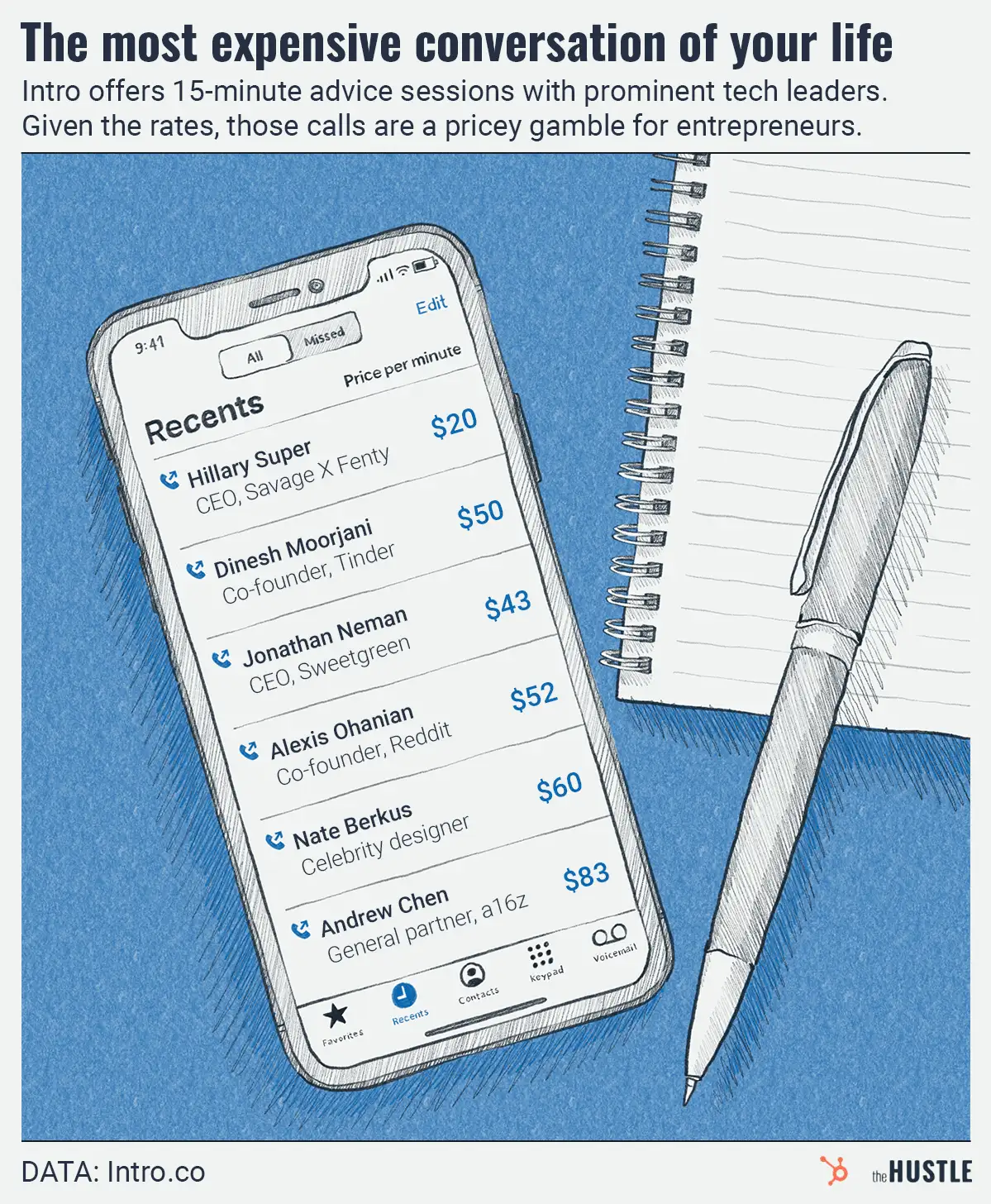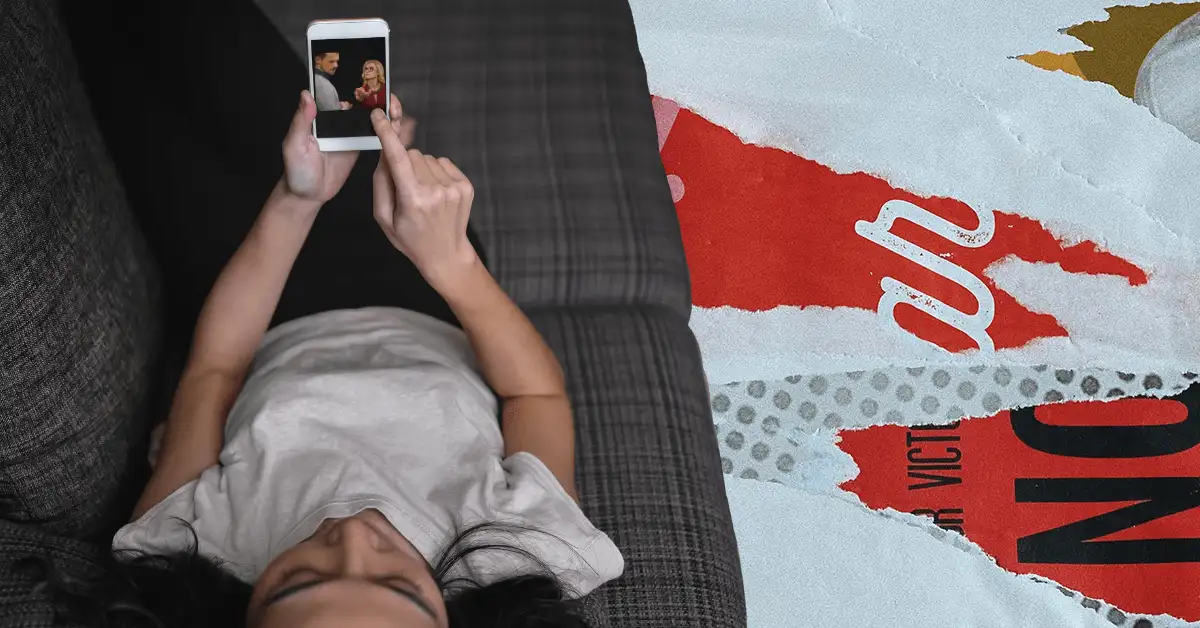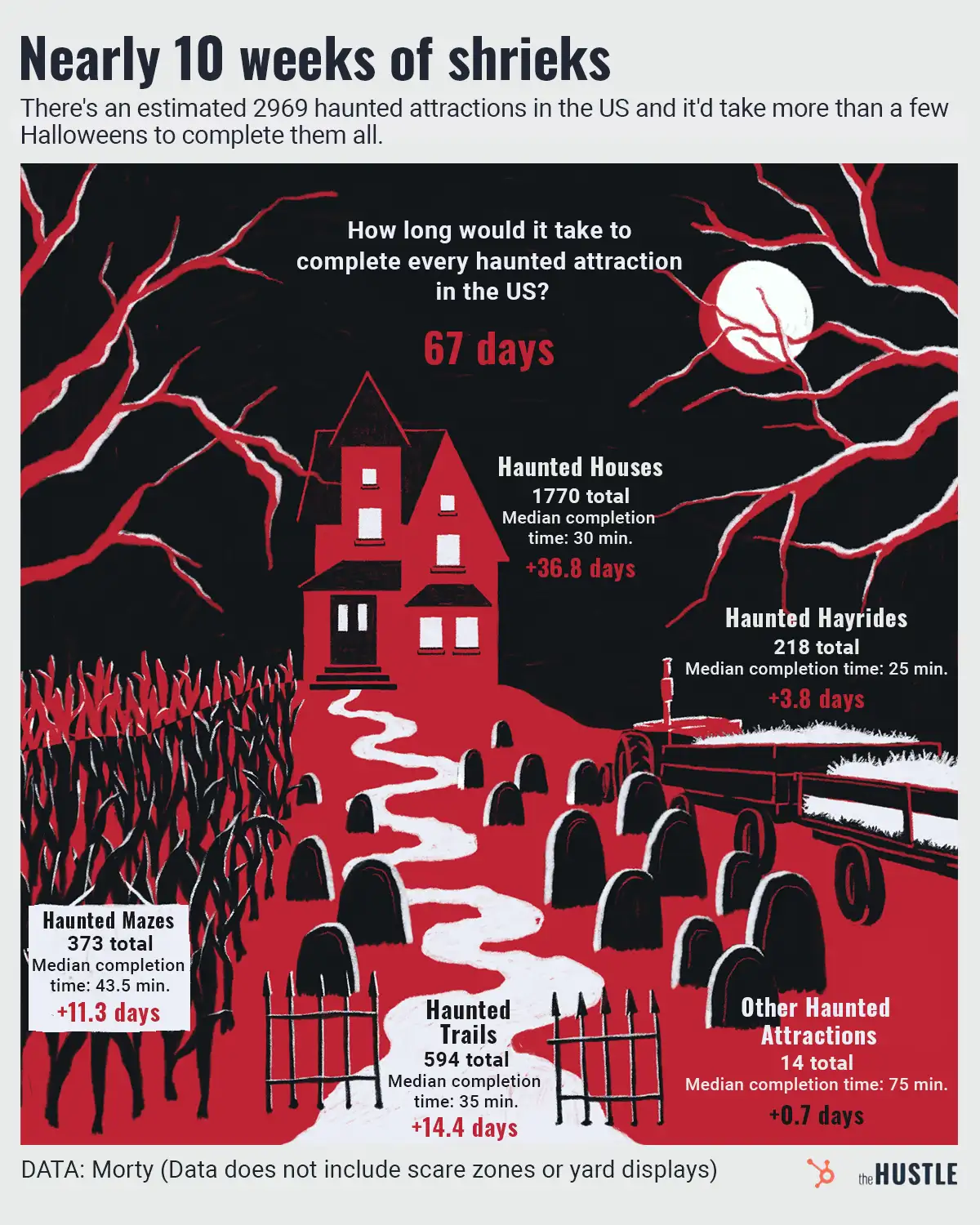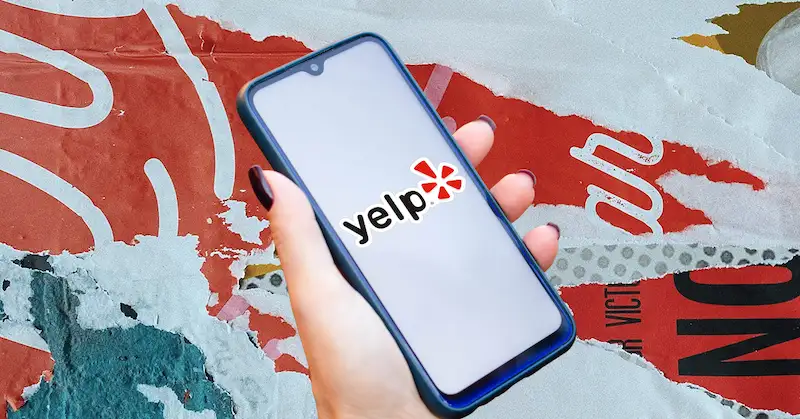Back when I was the Foursquare mayor of my apartment, I used Groupon to see the dentist. But in 2023, you hardly hear of either platform.
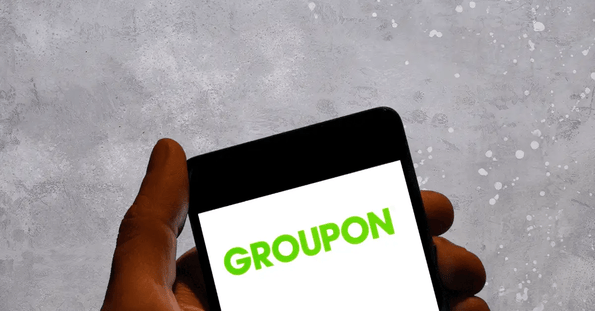
Founded in 2008, Groupon’s appeal was a supposed win-win for both customers and businesses:
- Customers scored big discounts at local merchants if enough of them agreed to make the same purchase.
- Businesses got exposure and new customers.
In August 2010, Forbes called the Chicago-based platform the “fastest growing company ever.” The following year, it IPO’d at a $17.8B market cap.
Today? Groupon is worth just $103m — a 99.4% plummet from its IPO. And though it does maintain ~14m active users, it had 83m+ subscribers in 2011, per TechCrunch.
Why the downfall?
Critics have long called Groupon’s model unsustainable. Customers get subpar services from swamped businesses, while businesses get a bad deal in the long term. One analysis found only ~20% of Groupon buyers returned for full-price purchases.
Also:
- Groupon faced a deluge of competition from other platforms, many of which it acquired.
- Google’s changes to subscription emails dented Groupon’s open rates in 2013; in Q3, Groupon reported a $2.6m net loss.
- The platform struggled to diversify; attempts to offer physical goods faltered.
What’s next?
Last Friday, Groupon chose board member Dusan Senkypl, co-founder of Prague-based private equity firm Pale Fire Capital, as interim CEO.
Senkypl has expressed confidence in his ability to turn things around, and Pale Fire is Groupon’s largest shareholder. It has replaced Groupon’s CTO and laid off ~1k people (~30% of its staff) since August.
What exactly Senkypl intends to do next with this now-leaner company is unclear.
But in the interim you can at least still use it to become a Scottish lord or lady for ~$18… kind of.


